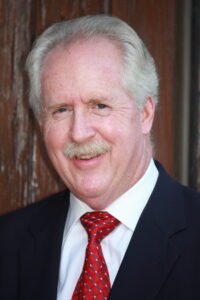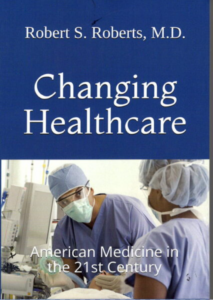
Even those who have never been to medical school know that all physicians are taught “first do no harm.” It’s not a part of the Hippocratic Oath, as some believe, but it is certainly a part of every medical student’s training.
Assisted suicide is a direct betrayal of this training. While some would rationalize that helping those who are suffering die is compassionate, I would say it’s really playing God. Only God can grant life and only God should determine when life ends. Anyone with Judeo-Christian values would agree. The late great Washington Post columnist, Charles Krauthammer wrote in 1997, “When you see someone on a high ledge ready to jump, you are enjoined by every norm in our society to tackle him and pull him back from the abyss.”
Nicholas Tomaino, writing in The Wall Street Journal, tells us suicide is neither noble nor natural. That principle became less clear with the advent of physician-assisted suicide. Krauthammer was writing about Vacco v. Quill, in which the Supreme Court would hold unanimously that the Constitution doesn’t create a right to that procedure. “We are being asked to become a society where, when the tormented soul on the ledge asks for our help in granting him relief, we oblige him with a push,” Krauthammer wrote, reflecting on the oral arguments.
Laurence Tribe, who argued the case for the plaintiffs, suggested the slope wouldn’t be so slippery. The procedure would be granted to the patient with end-stage heart failure, not the man on the ledge. At the same time, Mr. Tribe posited that people at the “threshold at the end of life” enjoy the liberty to decide how they die. Krauthammer spotted the argument’s hole. Why couldn’t the chronically ill “who face a lifetime of agony,” or the “healthy but bereft,” avail themselves of the same right?
Assisted suicide came to the U.S. in the 1990s through the efforts of Dr. Jack Kevorkian, a misguided physician from Michigan who assisted over 40 people in dying by suicide. His first public assisted suicide was in 1990 of Janet Adkins, a 54 -year-old woman diagnosed with early-onset Alzheimer’s disease in 1989. (Today there are new medications to slow and even reverse the effects of this devastating disease.) In 1998, Kevorkian videotaped himself giving a man a lethal injection, with the patient’s consent, and aired the tape on 60 Minutes. This was significantly different from previous cases, where it was always the patients themselves who reportedly completed the suicide process. He was found guilty of second-degree murder and served eight years of a 10–25 year sentence. He was released in 2007, and died on June 3, 2011.
Since then, ten states and the District of Columbia have legalized physician-assisted suicide and others are considering it. (All of these jurisdictions are blue states.) Americans who are skeptical of Dr. Krauthammer’s warning might consider the experience of our neighbors to the north.
Mr. Tomaino writes that Canada has undergone a crash course in what the country calls “medical assistance in dying,” or MAID. The experiment began in 2015, when the Canadian Supreme Court ruled in Carter v. Canada that “laws prohibiting physician-assisted dying interfere with the liberty and security” of people with “grievous and irremediable” medical conditions. Parliament codified the decision the following year.
Lawmakers thought they were imposing limits. “We do not wish to promote premature death as a solution to all medical suffering,” then-Justice Minister Jody Wilson-Raybould said. The plaintiff’s lead lawyer in Carter argued that “in almost every case,” doctors will want to “help their patients live, not die.” “We know physicians will be reluctant gatekeepers.”
Yet Krauthammer was right. The Superior Court of Quebec soon ruled that MAID was unconstitutional because it required that an applicant’s death from “a grievous and irremediable medical condition” be “reasonably foreseeable.” Parliament amended its “discriminatory” regime in 2021, opening wider the door to facilitated death. The new law dropped safeguards, such as the minimum 10-day assessment period between request and provision. It also proposed mental illness as an eligible condition, the implementation of which the government has delayed until 2027. The message for everyone else remains the same: If you want to die, you needn’t wait.
(Note: To learn the consequences of this policy, read my next post – Part II.)


